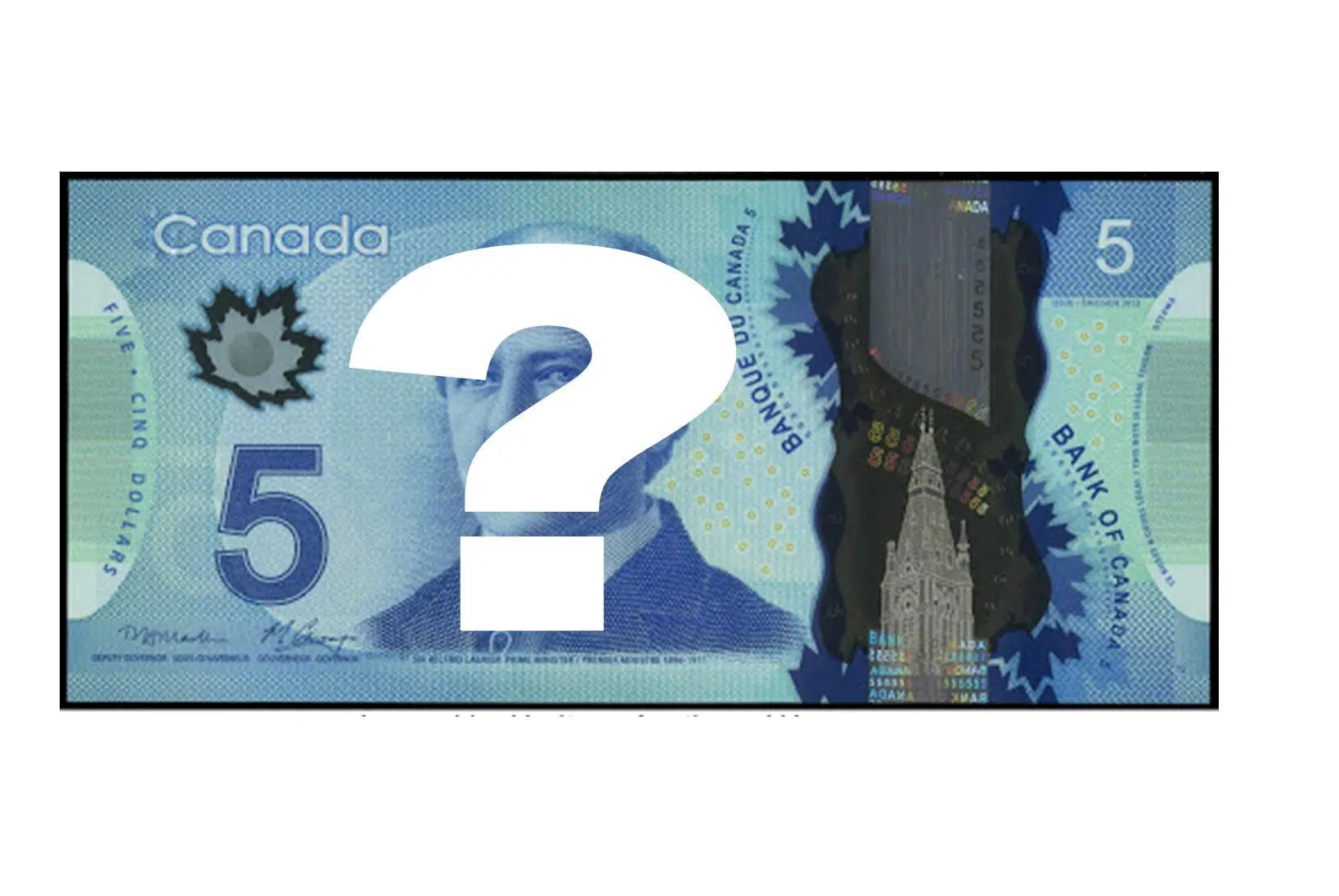The Bank of Canada is asking you to submit suggestions for who you would like to see on our new five dollar bill.
When this topic first came up last year, I saw 2 names frequently: Gord Downie & Don Cherry.
Those 2 are out of the running as the person who appears on the bill must meet the following criteria:
- They must have been deceased for at least 25 years.
- They must be a Canadian by birth or naturalization who has “demonstrated outstanding leadership, achievement or distinction in any field, benefiting the people of Canada or in the service of Canada.”
- They also can’t be a fictional character (because, lets face it, that would be weird)
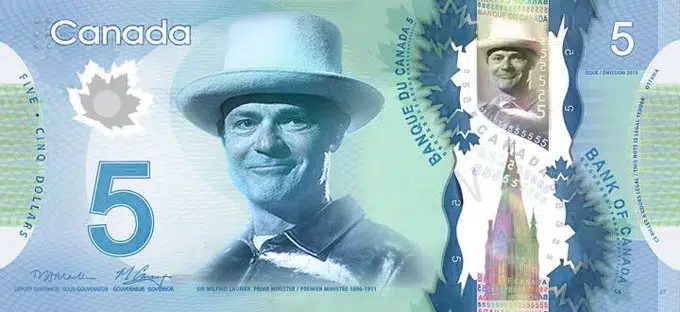
Terry Fox is also a popular choice and he meets all the criteria.
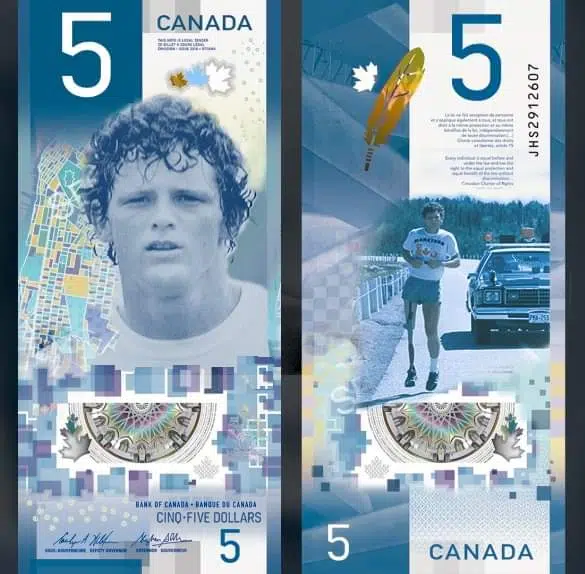
If you would like to submit a suggestion for the image on the bill, you can do so now on the Bank of Canada website.
They are allowing up to 5 suggestions per entry & you can re-submit again if you have more than 5.
All submissions are due by March 11.
Once all the nominations are in, they will be reviewed by an independent Advisory Council. They will develop a short list of candidates which will then be sent to focus groups & the council will review historical biographies on each of the short-listed candidates. After that, the list gets sent to the Minister of Finance who makes the final decision.
Design work will then begin. It will be a vertical design like the new $10 bill.
It will take a few years for circulation to begin.
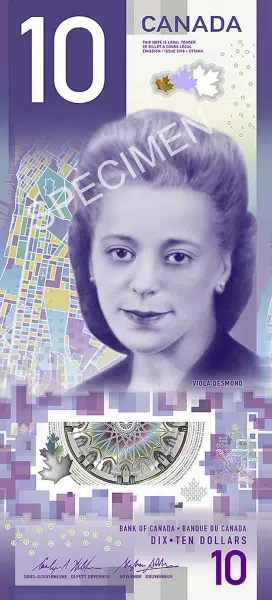
(UPDATE) Below is the short list of eight Canadians whose portraits could appear on the next $5 note. More than 600 of the publics nominees met the qualifying criteria for selection and deliberation by an independent Advisory Council.
Short list
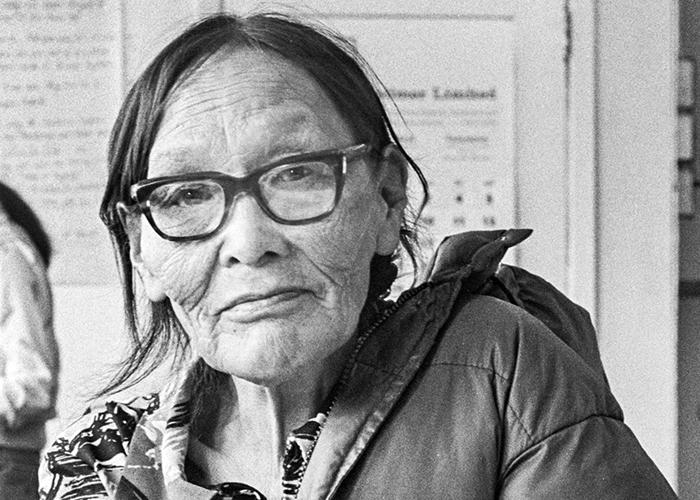
Pitseolak Ashoona
[c. 1904-1908]–1983
Pitseolak Ashoona, born in the first decade of the twentieth century, was a self-taught artist whose drawings and prints have been internationally exhibited and which are held by museums and galleries throughout Canada. Her work, which reflects her own lived experiences following a traditional Inuit semi-nomadic lifestyle, provides a lively and vivid record of the ‘old ways’ once followed by the Inuit of the Eastern Arctic.
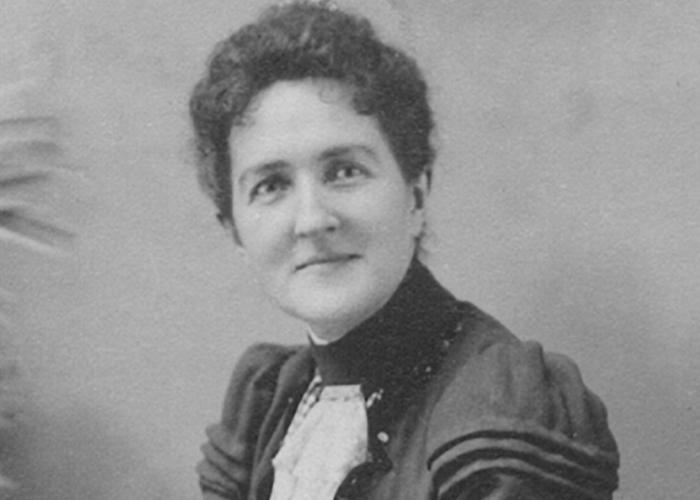
Robertine Barry (“Françoise”)
1863–1910
Robertine Barry (also known by her literary pseudonym, Françoise) was the first female French-Canadian journalist, and a relentless advocate for many social justice causes, especially women’s equality in society. Both in her written works and public speeches, Barry was a staunch activist who championed the causes of women’s suffrage; women’s access to a university education; shelters for the poor and for female victims of domestic violence; the regulation of child labour; and the establishment of a secular Quebec ministry of public education.
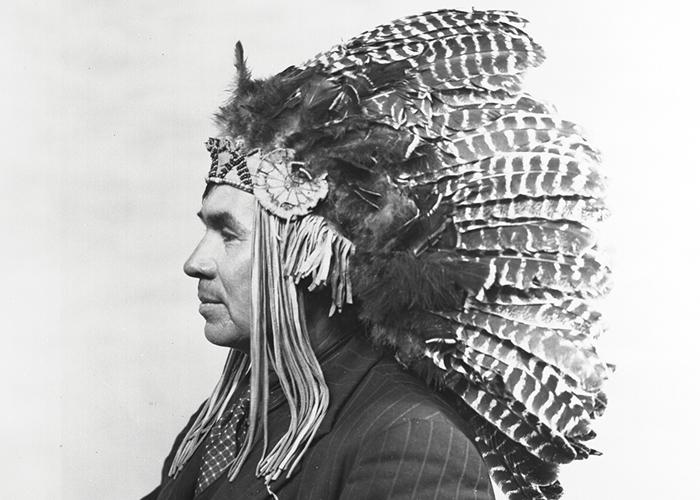
Binaaswi (Francis Pegahmagabow)
1888–1952
Binaaswi (Francis Pegahmagabow), a veteran of the First World War, was the most highly-decorated Indigenous soldier in Canadian history. Following that conflict, he assumed leadership positions with the Wasauksing First Nation (Parry Island, Ontario) and later participated in regional and national advocacy movements to promote Indigenous rights in Canada.
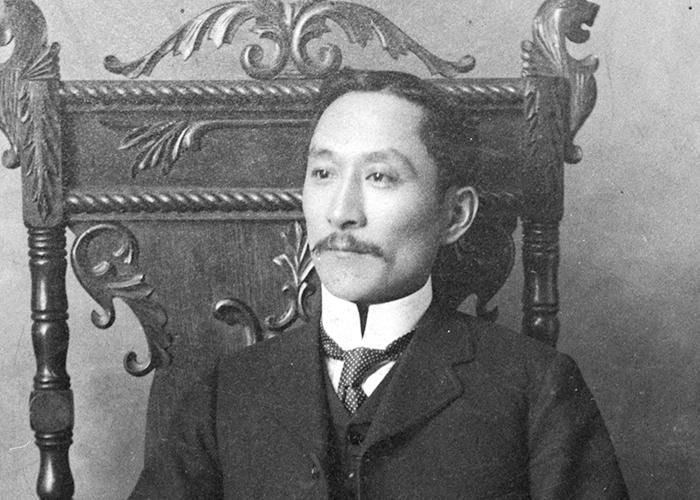
Won Alexander Cumyow
1861–1955
Won Alexander Cumyow was the first known Chinese-Canadian born in Canada. Fluent in both Cantonese and English, he used his language skills to bridge the divide between Vancouver’s English-speaking and Chinese communities. Working as a police interpreter, and actively involved in key Chinese community organizations, he was a voice for a disenfranchised people, and a positive influence in helping transform racialized attitudes toward Chinese people in Canada.
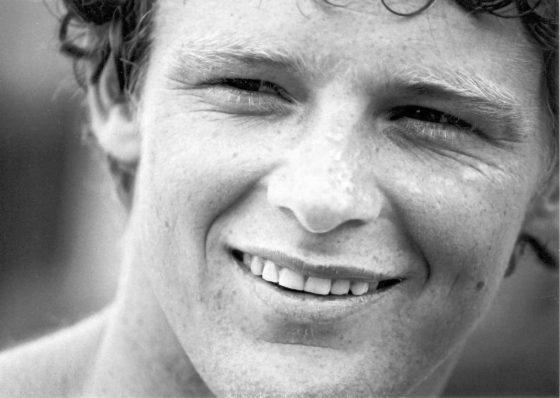
Terry Fox
1958–1981
After losing part of his right leg to cancer, Terry Fox campaigned to raise national awareness and funding for cancer research by running his Marathon of Hope, a cross-Canada 42-km daily run, on his prosthetic leg. By February 1981, $24.7 million had been raised—or $1 for every Canadian. His run was interrupted just past the half-way point when the cancer reached his lungs, and ultimately took his life. Today, annual Terry Fox Runs are held all over the world to raise money for cancer research. In 2020, the Marathon of Hope marks its 40th anniversary.
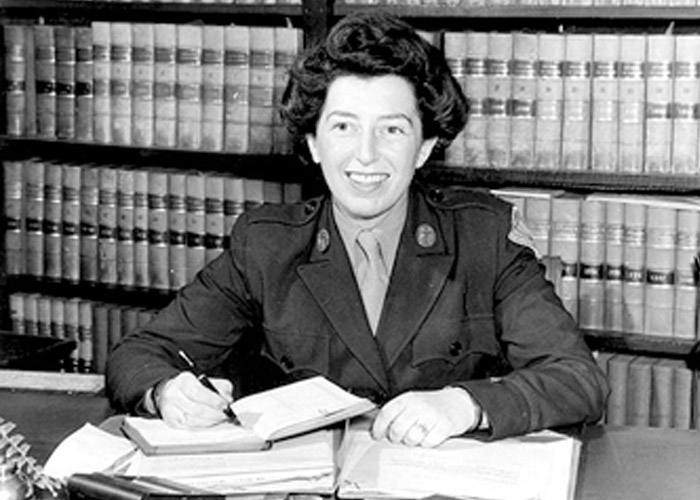
Lotta Hitschmanova
1909–1990
Lotta Hitschmanova was one of Canada’s earliest grassroots humanitarians. She came to Canada in 1942 as a Czech-born refugee and founded the Unitarian Service Committee of Canada in 1945. Recognizable from her Canadian television appeals for support, she devoted her life to helping people in need around the world, especially children, and inspired others to give generously to relief and development projects in Europe, Japan, South Korea, Hong Kong, South Vietnam, Palestine, India, Nepal, Indonesia and Africa.
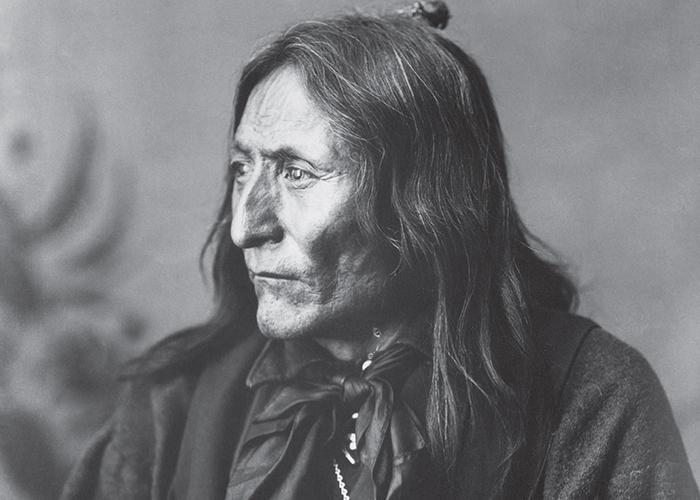
Isapo-muxika (Crowfoot)
c. 1830–1890
Isapo-muxika or Sahpo Muxika (Crowfoot), a leader of the Blackfoot Confederacy, was known for his judicious use of diplomacy and for being an advocate for peace between Indigenous nations and with settlers. He was instrumental in the Treaty 7 negotiations, and in preventing the Blackfoot Confederacy from participating in the North-West Resistance of 1885. Later in life, he also fostered peace with neighbouring Indigenous peoples.
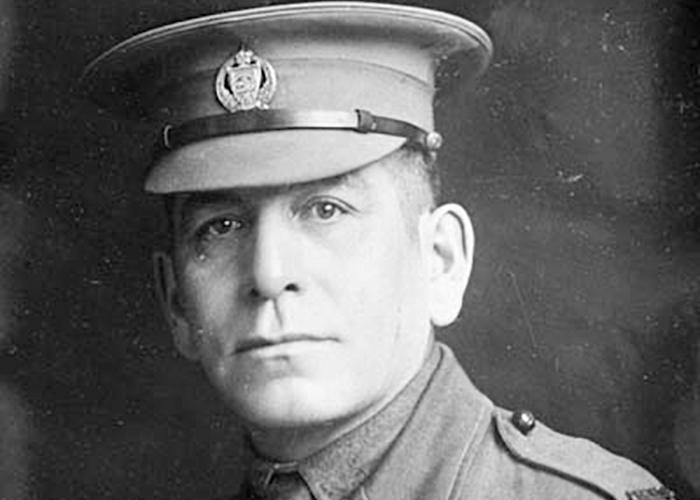
Onondeyoh (Frederick Ogilvie Loft)
1861–1934
Onondeyoh (Frederick Ogilvie Loft), a Mohawk chief, First World War veteran, and political and social activist, founded the first pan-Canadian Indigenous organization in December 1918, to advocate for both the protection and expansion of Indigenous rights. In doing so, he helped lay the groundwork for contemporary regional and national Indigenous rights organizations in Canada.
The Minister of Finance will make the final decision in accordance with the Bank of Canada Act. Once the new portrait subject has been selected, the bank note design process will begin. It will be a polymer note with a vertical design. The new $5 bill will begin circulating in a few years.


